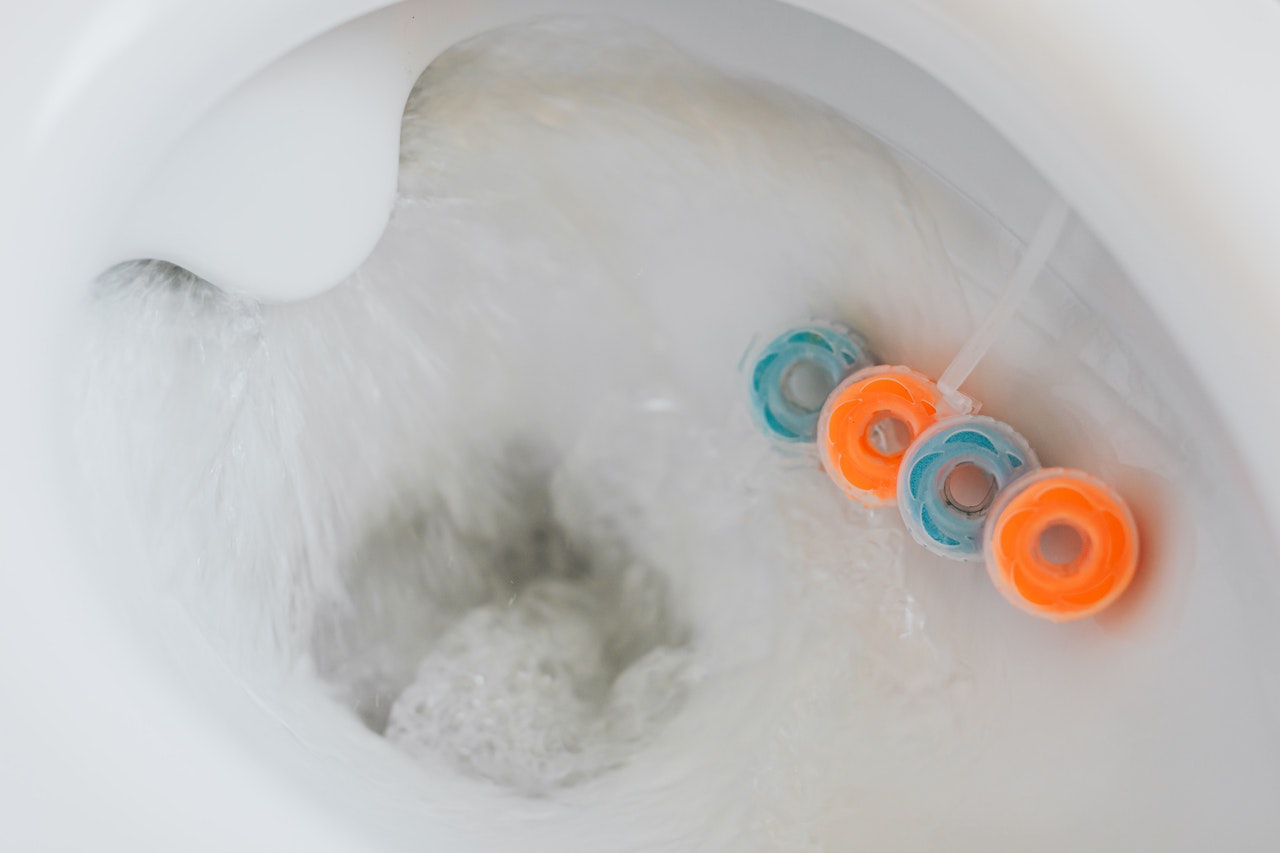

Articles
Why Does Toilet Smell Like Sewer
Modified: October 19, 2024
Discover the causes and solutions for that unpleasant sewer smell in your bathroom. Read our informative articles on why your toilet smells like sewer.
(Many of the links in this article redirect to a specific reviewed product. Your purchase of these products through affiliate links helps to generate commission for Storables.com, at no extra cost. Learn more)
Introduction
Have you ever walked into your bathroom, only to be hit with a pungent odor that resembles a sewer? It’s not only unpleasant but can also be quite embarrassing, especially if you have guests over. A toilet that smells like a sewer can be a major inconvenience and a sign that something is amiss.
Understanding the source of the sewer smell in your toilet is crucial to addressing the issue effectively. There can be various reasons behind this unpleasant odor, ranging from simple maintenance issues to more serious underlying problems. In this article, we’ll explore the common causes of sewer smell in toilets and provide DIY solutions as well as recommendations for professional assistance when needed.
So, if you’ve been wondering why your toilet smells like a sewer, keep reading to discover the possible culprits and how to tackle this problem head-on.
Key Takeaways:
- Understanding the causes of sewer smell in toilets, such as clogged vent stacks and dry P-traps, can help you tackle the issue with DIY solutions. However, seeking professional help is crucial for persistent or complex plumbing problems.
- Regular maintenance, proper installation, and prompt attention to plumbing issues are essential for preventing and eliminating sewer odors in toilets. DIY remedies can address minor issues, but professional plumbers are invaluable for more complex problems.
Read more: Why Does Laundry Room Smell Like Sewer
Understanding the Sewer Odor
Before we delve into the causes and solutions for a toilet that smells like a sewer, let’s first understand why this odor occurs in the first place. Sewer odor is typically a result of gases escaping from the sewer system and finding their way into your bathroom.
The sewer system in your home consists of a network of pipes that transport wastewater away from your property. These pipes are designed with proper ventilation to allow the flow of air, preventing the buildup of gases. However, when something goes wrong with this system, such as a blockage or damage, the sewer gases can escape and cause unpleasant odors.
The smell coming from your toilet might not necessarily mean there’s a problem with the toilet itself. It could be an indication of an issue further down the sewer line, a damaged toilet seal, or even a dry P-trap. Identifying the root cause will help determine the necessary steps to resolve the problem.
Remember, sewer odor can be more than just a nuisance; it can also be a health risk. The gases emitted from the sewer system can contain harmful bacteria and pathogens, which can affect your respiratory system and overall well-being if exposed for extended periods.
Now that we have a basic understanding of sewer odor, let’s explore some common causes and solutions for a toilet that smells like a sewer.
Common Causes of Sewer Smell in Toilets
A toilet that emits a sewer smell can have several underlying causes. It’s important to identify the specific cause in order to effectively address and eliminate the odor. Below are some of the most common reasons why your toilet may smell like a sewer:
Clogged Vent Stack
The vent stack is a vertical pipe in your plumbing system that allows air to flow in and out of the sewer line. It helps equalize pressure and remove sewer gases. If the vent stack becomes clogged with debris, leaves, or even a bird’s nest, it can obstruct the airflow, leading to a buildup of sewer gases in your toilet. Clearing the vent stack by removing any obstructions is essential to eliminate the smell.
Damaged Toilet Seal
The seal between the toilet base and the floor, known as the wax ring, can degrade or become damaged over time. This can result in a faulty seal, allowing sewer gases to escape into your bathroom. Replacing the wax ring and ensuring a proper seal between the toilet and the floor is crucial to stopping the odor.
Read more: Why Does My Basement Smell Like Sewer
Dry P-Trap
The P-trap is a U-shaped pipe located under the toilet or sink drain. Its purpose is to create a water barrier that prevents sewer gases from entering your home. If the P-trap dries out due to infrequent use or a plumbing issue, it can allow sewer gases to escape. Running water through the toilet or sink to refill the P-trap and create a water barrier can help eliminate the smell.
Blocked Sewer Line
A blocked sewer line can cause serious issues, including sewer odor in your toilet. Tree roots, debris, or a buildup of solid waste can block the sewer line, preventing proper drainage and causing sewer gases to escape. In this case, you may need professional assistance to clear the blockage and restore proper sewer flow.
Incorrectly Installed Toilet
If your toilet was not installed properly, it can lead to sewer odor problems. A faulty installation may result in an inadequate seal between the toilet and the floor, allowing sewer gases to escape. To resolve this issue, consulting a professional plumber to re-install the toilet correctly is recommended.
Remember, while these are common causes of sewer smell in toilets, it’s essential to diagnose the specific issue in your bathroom accurately. Once you’ve identified the cause, you can move forward with the appropriate DIY solutions or seek professional help if needed. In the next sections, we’ll discuss some DIY remedies for getting rid of sewer smell in your toilet, as well as when it’s time to call in a plumber.
Clogged Vent Stack
One of the common causes of a toilet that smells like a sewer is a clogged vent stack. The vent stack is a vertical pipe in your plumbing system that helps to release sewer gases and equalize pressure in the sewer line. It plays a crucial role in maintaining proper ventilation and preventing the buildup of unpleasant odors in your toilet.
Over time, the vent stack can become blocked or obstructed by debris, leaves, bird nests, or other foreign objects. When this happens, the airflow is restricted, and sewer gases can’t escape as intended. Instead, they find their way back into your toilet, causing the foul smell.
To address a clogged vent stack and eliminate the sewer smell in your toilet, you can try the following DIY solutions:
Read more: Why Does My Washing Machine Smell Like Sewer
Inspect and Remove Obstructions
Start by visually inspecting the vent stack from the exterior of your home. Look for any obvious signs of blockage, such as debris or nesting materials. Use a flashlight or a mirror to get a better view if necessary. If you notice any obstructions, carefully remove them using tools like a snake or a vacuum cleaner with a long attachment.
Clear the Vent Stack from the Roof
If you can access the roof, you can try clearing the vent stack from there. Keep in mind that working on the roof can be dangerous and is best left to professionals. If you choose to attempt this, ensure your safety by using proper equipment, such as a safety harness and sturdy ladder. Use a plumbing snake or a high-pressure hose to dislodge any debris or blockages from the vent stack.
Professional Assistance
If you’re unable to clear the clogged vent stack on your own or if you’re uncomfortable working at heights, it’s best to seek the help of a professional plumber. They have the expertise and tools to safely and effectively remove any obstructions in the vent stack, restoring proper airflow and eliminating the sewer smell in your toilet.
Remember, safety should always be a priority when dealing with plumbing issues. If you’re unsure about how to proceed or if you have any doubts, it’s best to consult with a professional plumber who can assess the situation and provide the necessary guidance and assistance. They can ensure that the clogged vent stack is cleared properly, preventing the sewer smell from persisting in your toilet.
Damaged Toilet Seal
A damaged toilet seal is another common cause of a sewer smell in toilets. The seal, known as the wax ring, is located between the toilet base and the floor. Its primary function is to create a watertight seal and prevent the escape of sewer gases.
Over time, the wax ring can degrade, crack, or become damaged due to regular use, age, or improper installation. When this happens, sewer gases can seep through the compromised seal, resulting in an unpleasant odor in your bathroom.
To address a damaged toilet seal and eliminate the sewer smell in your toilet, you can consider the following DIY solutions:
Read more: Why Does My AC Smell Like Vinegar
Replace the Wax Ring
The most effective way to fix a damaged toilet seal is to replace the wax ring. This is a relatively simple DIY task that can be done with a few basic tools. Start by turning off the water supply to the toilet and flushing it to drain the tank and bowl. Unscrew the bolts holding the toilet to the floor and carefully lift the toilet off the flange.
Remove the old wax ring and clean the flange thoroughly. Install a new wax ring, ensuring it is properly centered on the flange. Carefully lower the toilet back onto the flange, aligning the bolts with the holes. Gently press down on the toilet to create a proper seal. Secure the toilet by tightening the bolts and reconnect the water supply. Finally, test the toilet for any leaks.
Seek Professional Help
If you’re uncomfortable replacing the wax ring or if you’re unsure about the condition of the seal, it’s best to seek the assistance of a professional plumber. They have the experience and knowledge to handle the task properly, ensuring a correct and watertight seal. A professional plumber can also inspect the toilet and address any other potential issues that may be contributing to the sewer smell.
Remember to exercise caution when working on your toilet. Improper installation or handling of the wax ring can lead to leaks or further damage. If you’re unsure about your DIY skills or lack the necessary tools, it’s best to rely on a professional to ensure the job is done correctly.
By replacing the damaged toilet seal, you will eliminate one of the common culprits behind the sewer smell in your toilet. This will not only improve the odor but also prevent any further escape of sewer gases, creating a cleaner and more pleasant bathroom environment.
Dry P-Trap
A dry P-trap is a common cause of a sewer smell in toilets. The P-trap is a U-shaped pipe located beneath the toilet or sink drain. Its purpose is to create a water barrier that prevents sewer gases from entering your home. However, if the P-trap dries out, it can no longer effectively block the odor, resulting in a sewer smell in your toilet.
A dry P-trap can occur due to infrequent use of the toilet or a plumbing issue that disrupts the water flow. Here are a few DIY solutions to address the problem:
Run Water in the Toilet
If you suspect that a dry P-trap is causing the sewer smell, the first step is to run water through the toilet. Flush the toilet a few times and let the water flow continuously for a few seconds to refill the P-trap. This will create a water barrier that prevents sewer gases from escaping into your bathroom.
Read more: Why Does Washer Smell Like Rotten Eggs
Add Water to the P-Trap Manually
If flushing the toilet does not resolve the issue, you can manually add water to the P-trap. Fill a bucket with water and pour it directly into the toilet bowl, ensuring that enough water enters the P-trap. This will effectively refill the trap and create the necessary barrier to block sewer gases.
Inspect for Plumbing Issues
If the P-trap continues to dry out despite regular use, there may be an underlying plumbing issue causing the problem. Check for any leaks or plumbing malfunctions in the toilet or surrounding pipes. Tighten loose connections or replace any faulty parts as necessary. If the problem persists, it’s advisable to seek professional assistance to identify and resolve the plumbing issue.
Remember, maintaining a proper water barrier in the P-trap is essential to prevent the escape of sewer gases. By regularly using and adding water to the toilet, you can ensure that the P-trap remains filled and functional, eliminating the sewer smell in your bathroom.
If DIY solutions do not solve the issue or if you’re unsure about the plumbing work involved, it’s advisable to consult a professional plumber. A plumber can inspect the P-trap, identify any underlying issues, and provide appropriate solutions to eliminate the sewer smell in your toilet permanently.
Blocked Sewer Line
A blocked sewer line is a more serious and complex issue that can cause a sewer smell in your toilet. The sewer line is responsible for carrying wastewater away from your home to the main sewer system. When the sewer line becomes blocked, it can lead to a backup of sewage and an escape of sewer gases, resulting in a foul smell in your toilet.
A blocked sewer line can occur due to various reasons, such as tree root intrusion, debris buildup, or a clog caused by flushing non-flushable items. Here are some possible DIY solutions to address a blocked sewer line:
Plunger
If you suspect a minor blockage in your sewer line, you can try using a plunger to dislodge it. Make sure there is enough water in the toilet bowl to create a proper seal. Using a steady and forceful motion, plunge the toilet several times to create pressure and dislodge the blockage. This method may be effective for smaller obstructions.
Read more: Why Does My Bathtub Smell Like Sewage
Chemical Drain Cleaner
If plunging doesn’t work, you can try using a chemical drain cleaner specifically designed for sewer lines. Follow the instructions on the label carefully and use the drain cleaner as directed. However, be cautious when using chemical drain cleaners, as they can be harsh and potentially damaging to your plumbing system. If the blockage persists or if you have concerns about using chemical drain cleaners, it’s best to seek professional assistance.
Professional Plumber Services
Dealing with a blocked sewer line can be challenging and potentially hazardous. It often requires specialized tools and expertise to locate and remove the blockage effectively. If your DIY attempts are unsuccessful or if the blockage seems severe, it’s important to call a professional plumber. They have the necessary equipment, such as drain snakes or hydro-jetting machines, to clear the blockage safely and efficiently.
Remember, trying to handle a blocked sewer line without proper knowledge and tools can result in further damage to your plumbing system. It’s always better to err on the side of caution and seek professional assistance to ensure a proper resolution to the problem.
A blocked sewer line requires prompt attention to prevent potential health hazards and further damage to your plumbing system. By addressing the issue as soon as possible, you can eliminate the sewer smell in your toilet and restore the proper functioning of your sewer line.
Incorrectly Installed Toilet
An incorrectly installed toilet can be another cause of a sewer smell in your bathroom. When a toilet is not installed properly, it can lead to leaks and an inadequate seal between the toilet and the floor. This allows sewer gases to escape, resulting in an unpleasant odor.
If you suspect that your toilet was installed incorrectly, here are some DIY solutions to address the issue:
Check for Leaks
Start by inspecting the area around the base of the toilet for any signs of leaks. Look for water pooling or dampness on the floor. If you notice any leaks, it’s important to address them promptly. Tighten loose bolts or connections, or replace faulty seals or gaskets. Ensuring a watertight seal can help prevent the escape of sewer gases.
Read more: Why Does My Toilet Water Smell
Reinstall the Toilet
If you suspect that the toilet was not installed correctly, you may need to reinstall it. This can be a more involved task and may require some basic plumbing knowledge and tools. Begin by turning off the water supply and flushing the toilet to empty the tank and bowl. Disconnect the water supply line and unscrew the bolts securing the toilet to the floor.
Carefully lift the toilet off the flange and inspect the wax ring. If it appears damaged or worn, it’s recommended to replace it with a new one. Clean the flange thoroughly and install the new wax ring. Align the toilet with the flange and gently press it down to create a proper seal. Secure the toilet by tightening the bolts, but be careful not to overtighten and crack the toilet.
After reinstallation, turn on the water supply and fill the tank. Flush the toilet a few times to ensure there are no leaks and to verify that the sewer smell has been eliminated.
Consult a Professional Plumber
If you’re unsure about your DIY skills or if the sewer smell persists after attempting to reinstall the toilet, it’s advisable to seek professional assistance. A professional plumber can assess the situation, identify any installation issues, and reposition the toilet correctly. They can also perform any necessary repairs or replacements to ensure a proper seal and eliminate the sewer smell.
Dealing with an incorrectly installed toilet requires careful attention to detail to ensure a proper seal and prevent the escape of sewer gases. By following the above DIY solutions or seeking professional help, you can resolve the installation issues and enjoy a fresh-smelling bathroom.
DIY Solutions for Removing Sewer Smell in Toilet
Dealing with a toilet that smells like a sewer can be unpleasant, but there are several DIY solutions you can try to eliminate the odor. These remedies can help address common issues that contribute to the sewer smell in your toilet. Here are some effective DIY solutions:
Regular Cleaning
Start by thoroughly cleaning your toilet bowl, tank, and the area around the toilet. Use a toilet bowl cleaner to remove any buildup of bacteria or mold that may be causing the odor. Clean the tank as well to ensure there are no stagnant water or debris contributing to the sewer smell. Regular cleaning can help prevent odors and keep your toilet fresh.
Read more: Why Does My AC Smell Like Pee
Check the Vent Stack
If you suspect that a clogged vent stack is causing the sewer smell, visually inspect the vent stack from the exterior of your home. Look for any visible signs of debris or obstructions. Carefully remove any blockages using tools like a snake or a vacuum cleaner with a long attachment. Clearing the vent stack will restore proper airflow and help eliminate the sewer smell.
Inspect and Replace the Wax Ring
If you suspect a damaged toilet seal, also known as the wax ring, you may need to replace it. Turn off the water supply, drain the toilet tank and bowl, and remove the toilet carefully. Remove the old wax ring and clean the flange thoroughly. Install a new wax ring and reposition the toilet, ensuring a proper seal. This will help prevent sewer gases from escaping and eliminate the odor.
Refill the P-Trap
If you have a dry P-trap, running water through the toilet can help refill it. Flush the toilet a few times and let the water flow continuously for a few seconds to ensure the P-trap is filled. If necessary, manually add water to the P-trap by pouring it into the toilet bowl. Creating a water barrier in the P-trap will help prevent sewer gases from escaping into your bathroom.
Avoid Flushing Non-Flushable Items
To prevent future sewer smell issues, it’s crucial to avoid flushing non-flushable items down the toilet. Items such as wipes, sanitary products, or diapers can cause clogs in the sewer line, leading to a backup of sewage and an escape of sewer gases. Dispose of these items properly in a trash bin to maintain proper plumbing flow and avoid odors.
Remember, these DIY solutions can be effective for minor issues causing the sewer smell in your toilet. However, if the problem persists or if you’re unsure about your DIY skills, it’s recommended to seek professional assistance. A professional plumber can diagnose the problem accurately and provide the necessary solutions to eliminate the sewer smell in your toilet for good.
Read more: Why Does My Basement Smell Like Sulfur
Professional Help: When to Call a Plumber
While there are several DIY solutions you can try to address a toilet that smells like a sewer, there are certain situations where it’s best to call a professional plumber. Plumbing issues can sometimes be complex and require specialized knowledge and tools to resolve effectively. Here are some signs that indicate it’s time to seek professional help:
Persistent Sewer Smell
If the sewer smell in your toilet persists even after trying DIY remedies, it’s a sign that there may be an underlying issue that requires professional attention. A plumber can conduct a thorough inspection of your plumbing system to identify the source of the odor and propose appropriate solutions to eliminate it.
Multiple Drains Are Affected
If you notice the sewer smell in multiple drains and fixtures throughout your home, it could indicate a problem with the main sewer line. A blockage or damage in the main sewer line can cause backups and result in a foul odor. In this case, it’s crucial to call a plumber to assess and resolve the issue to prevent further complications.
Frequent Clogs or Slow Drainage
If you’re experiencing frequent clogs in your toilet or other drains, it could indicate a more serious underlying problem. A plumber can perform a professional drain cleaning or use specialized tools like a drain snake or hydro-jetting machine to clear the blockage and restore proper drainage. They can also identify any issues within your plumbing system that may be contributing to the clogs.
Visible Plumbing Damage
If you notice any visible signs of plumbing damage, such as leaks, cracks, or corrosion, it’s important to call a plumber immediately. These issues can compromise the integrity of your plumbing system, leading to sewer odor problems and potentially causing further damage if left untreated. A professional plumber can assess and repair the damage, ensuring a proper seal and preventing sewer gas leaks.
Recurring Issues
If you’ve been dealing with recurring sewer odor issues in your toilet and you’ve exhausted all DIY options, it’s time to consult a professional. Ongoing problems could indicate a hidden or complex plumbing issue that requires expert knowledge and equipment to diagnose and fix effectively.
When it comes to plumbing issues, it’s important to prioritize your safety and the proper functioning of your home. Calling a professional plumber can save you time, effort, and potentially costly repairs down the line. They have the expertise, experience, and tools to diagnose and resolve plumbing problems, ensuring a clean and odor-free environment in your bathroom.
Conclusion
A toilet that smells like a sewer can be a persistent and unpleasant problem. Understanding the causes behind the sewer smell is crucial in order to effectively address the issue and restore a clean and odor-free environment in your bathroom.
In this article, we have discussed various common causes of sewer smell in toilets, including a clogged vent stack, damaged toilet seal, dry P-trap, blocked sewer line, and incorrectly installed toilet. We have provided DIY solutions for each of these issues, as well as guidance on when it’s time to seek professional help.
It’s important to remember that DIY solutions can be effective for minor issues and regular maintenance. However, if the problem persists or if you’re unsure about your DIY skills, it’s advisable to call a professional plumber. They have the expertise, experience, and tools to accurately diagnose and resolve plumbing problems, ensuring a long-term solution to eliminate the sewer smell.
Maintaining proper plumbing hygiene and taking preventive measures can also help prevent sewer odors in your toilet. Regularly cleaning the toilet, avoiding flushing non-flushable items, and addressing plumbing issues promptly can go a long way in keeping your bathroom fresh and odor-free.
Dealing with a toilet that smells like a sewer can be challenging, but with the right knowledge and actions, you can overcome the issue and enjoy a clean and pleasant bathroom environment. Whether it’s addressing clogged vent stacks, replacing damaged wax rings, refilling dry P-traps, clearing blocked sewer lines, or reinstalling toilets correctly, taking the necessary steps will help eliminate the sewer smell and ensure your toilet functions properly.
Remember, when in doubt or faced with more complex plumbing issues, it’s always best to consult with a professional plumber. They are equipped to tackle any challenges and provide the expertise needed to restore your toilet to its optimal condition.
By addressing the sewer smell in your toilet, you not only improve the comfort and hygiene of your bathroom but also create a pleasant and inviting space for yourself and your guests.
Frequently Asked Questions about Why Does Toilet Smell Like Sewer
Was this page helpful?
At Storables.com, we guarantee accurate and reliable information. Our content, validated by Expert Board Contributors, is crafted following stringent Editorial Policies. We're committed to providing you with well-researched, expert-backed insights for all your informational needs.

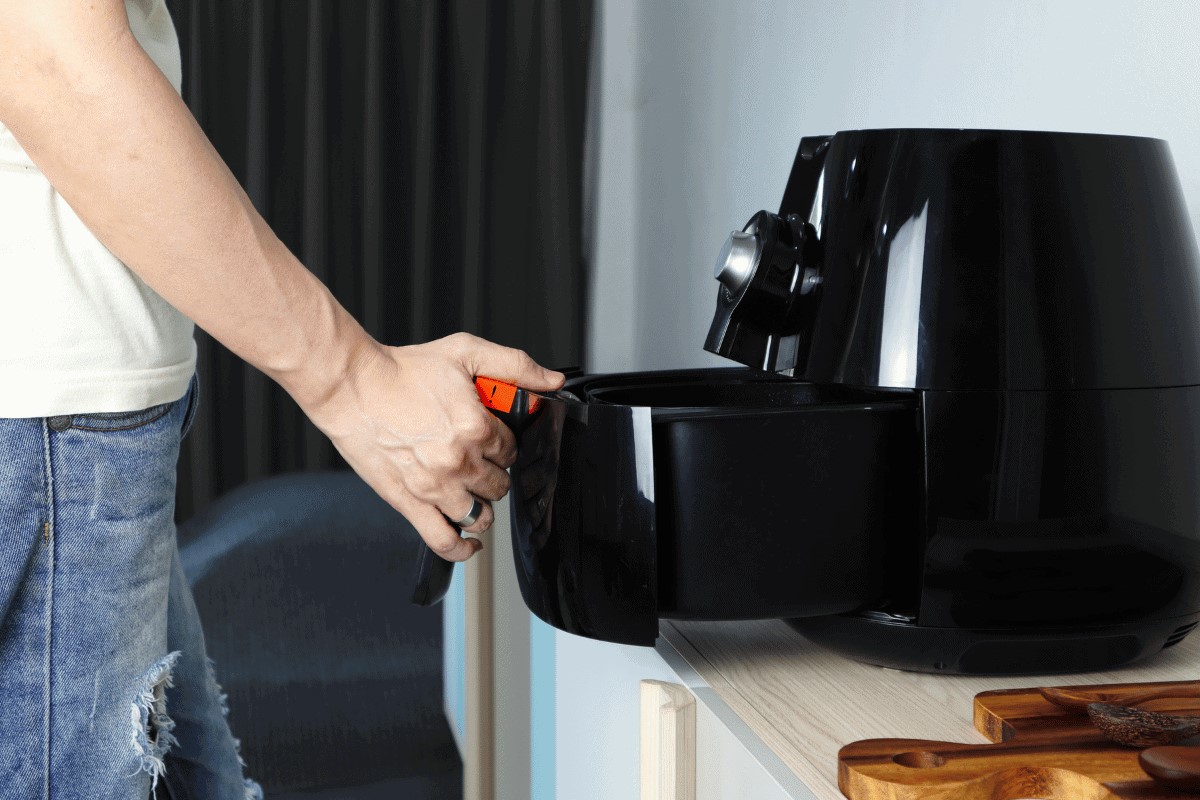

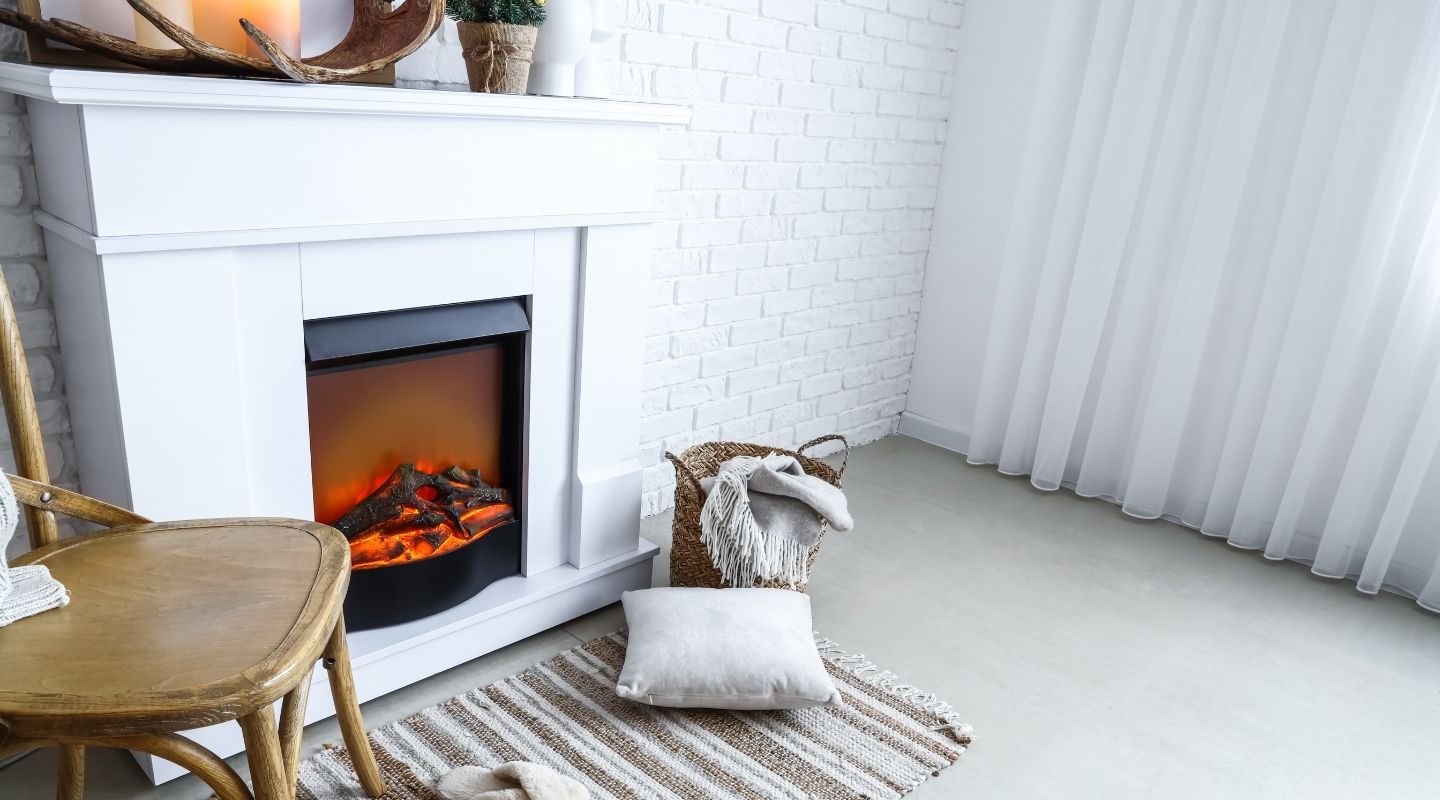
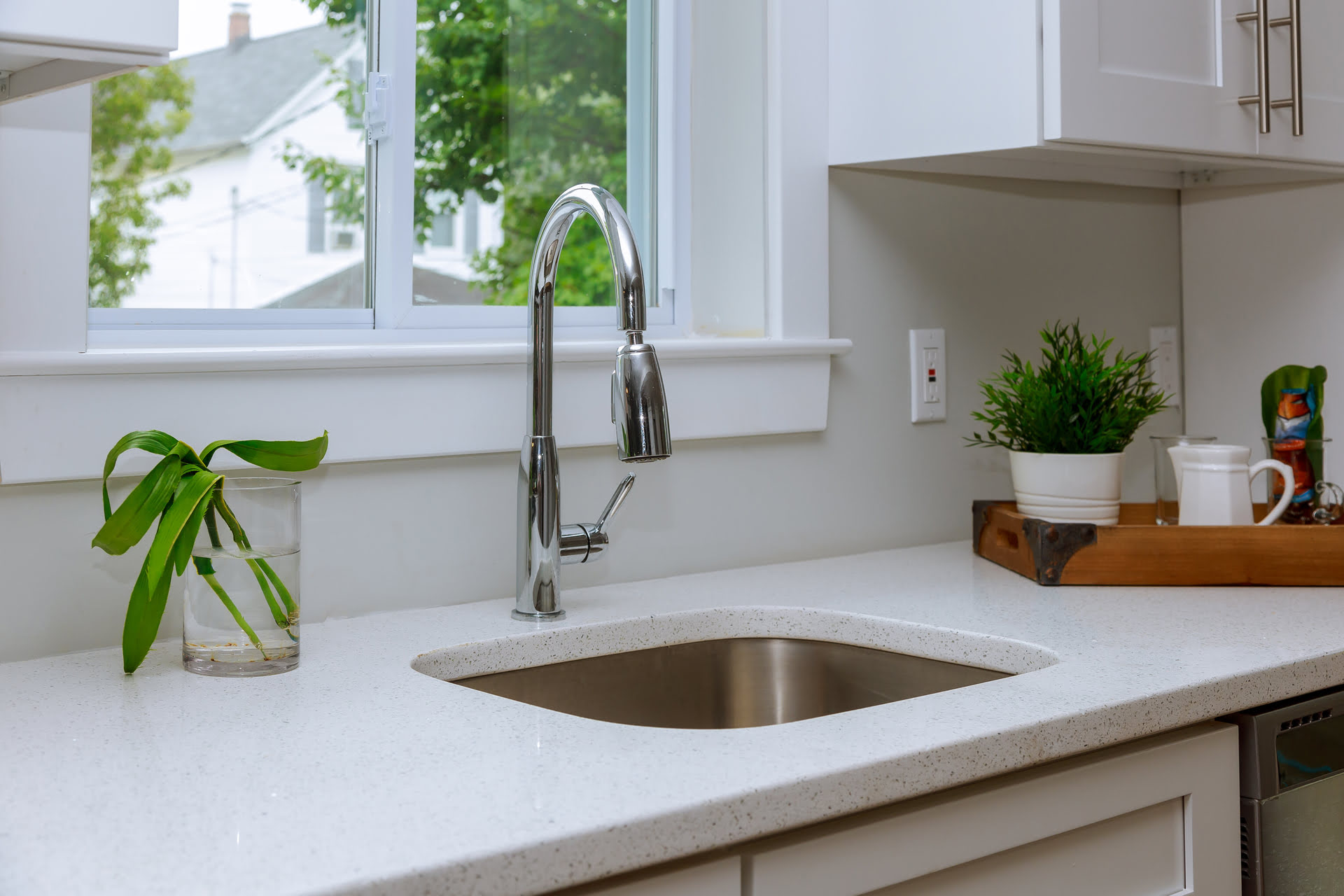
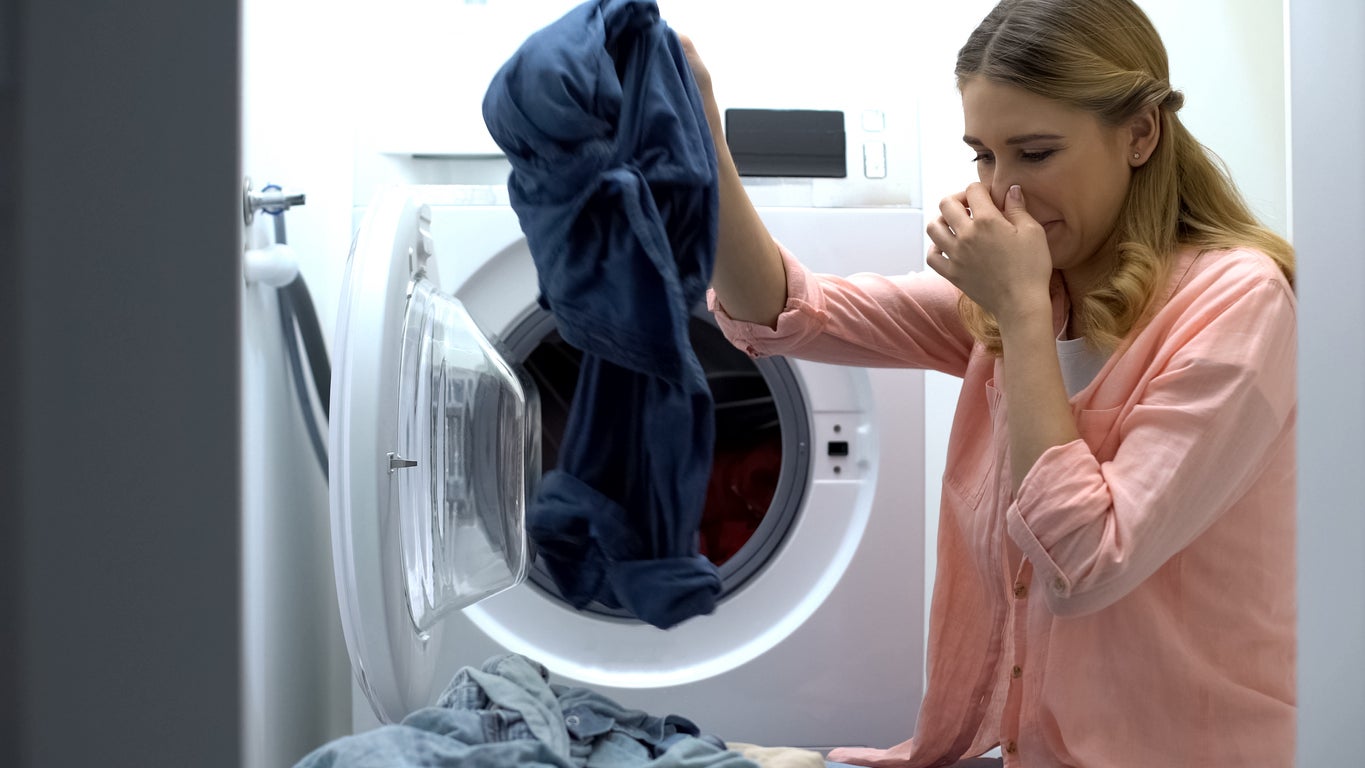

0 thoughts on “Why Does Toilet Smell Like Sewer”